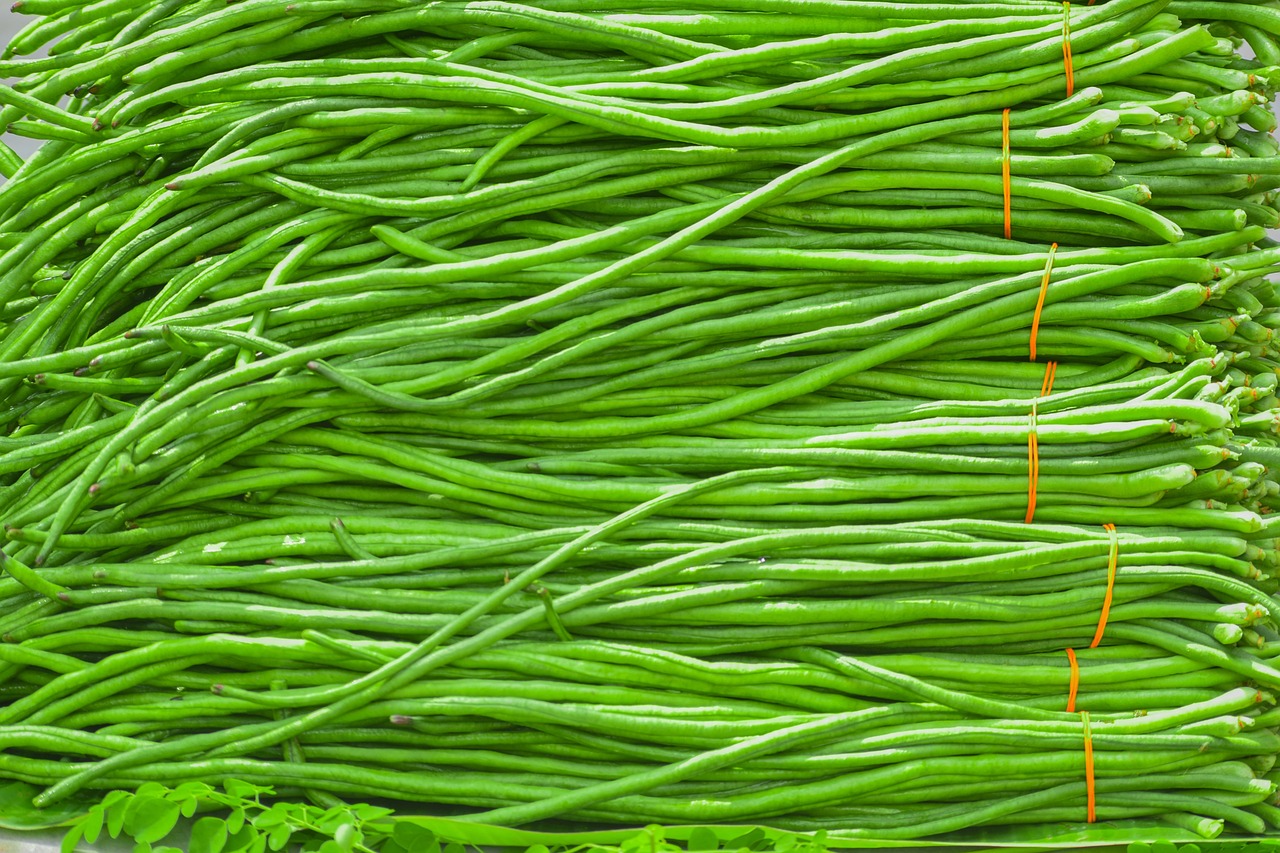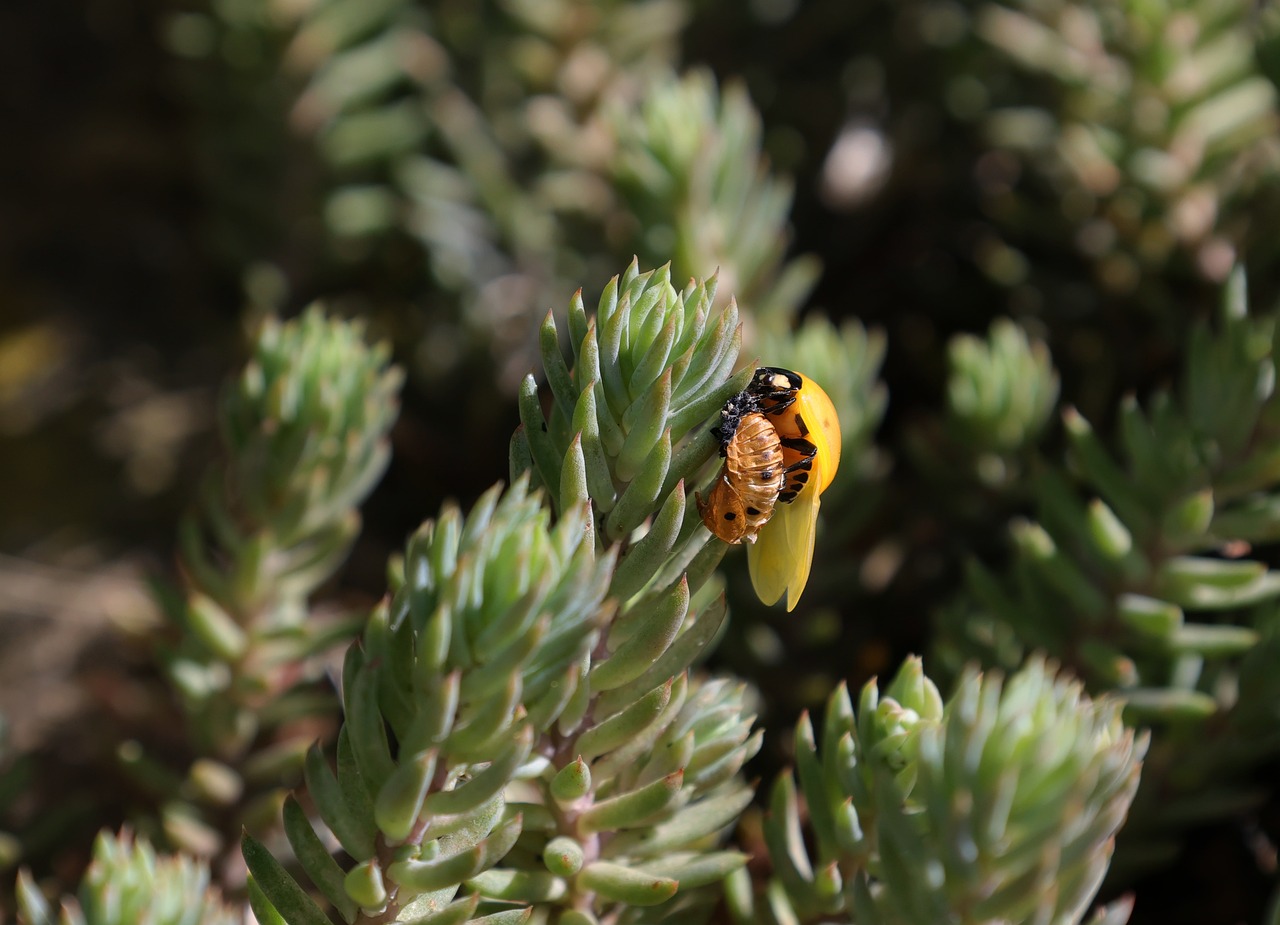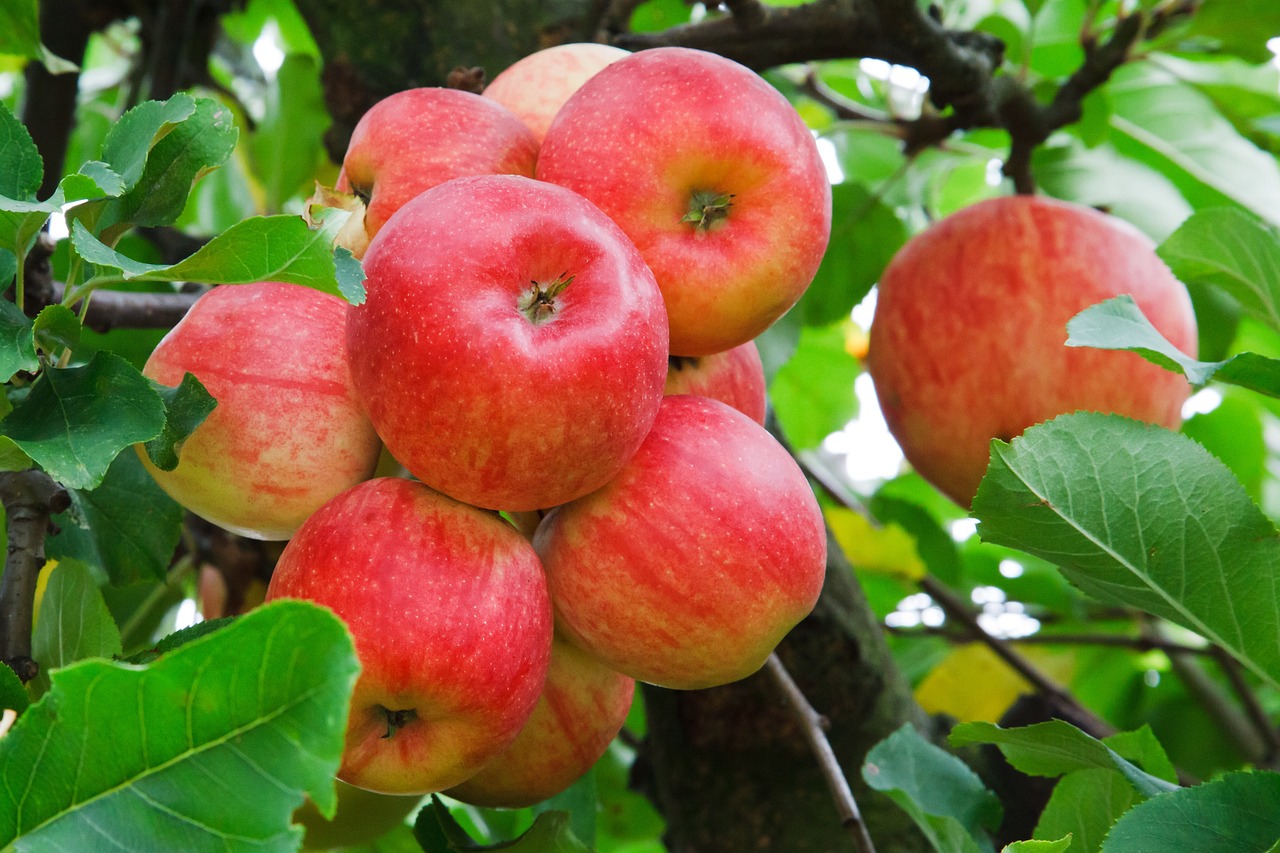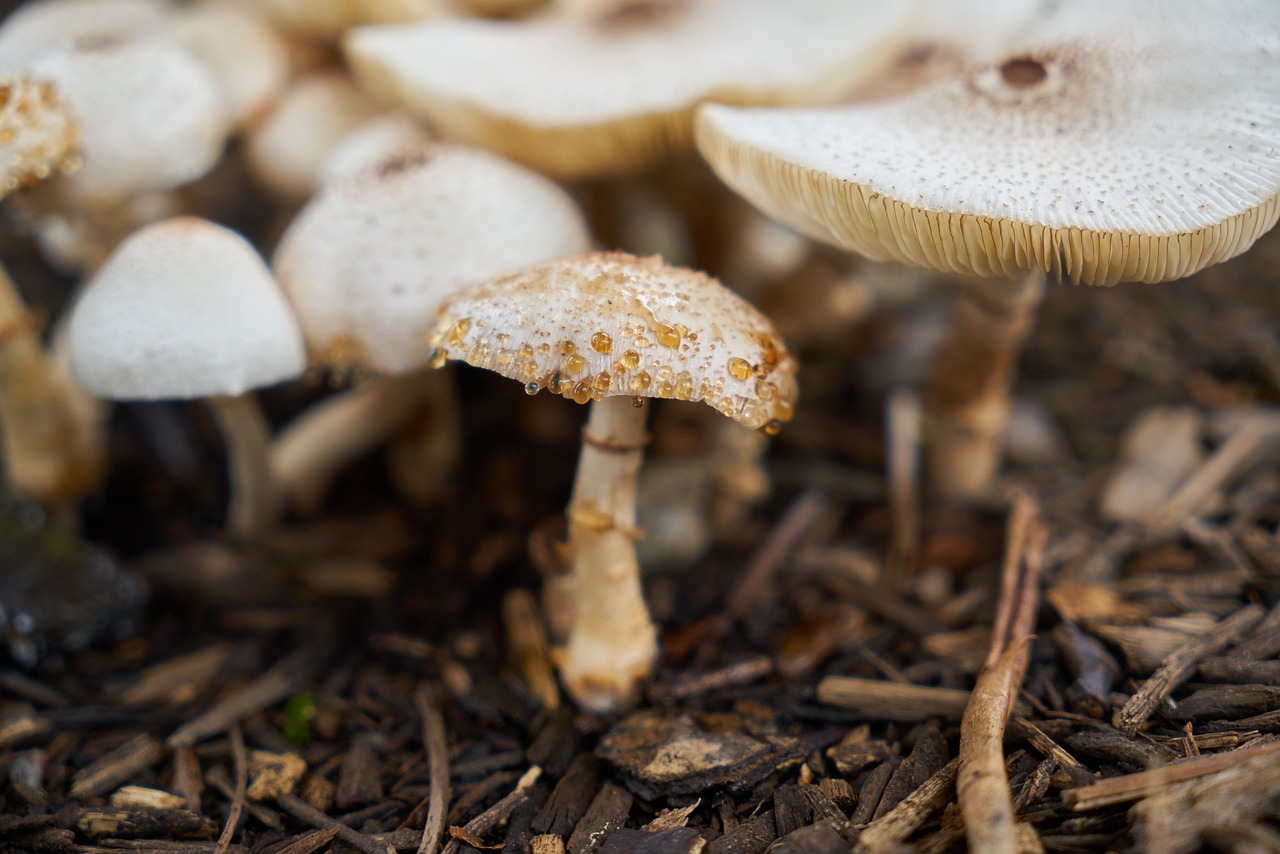Are you tired of buying expensive organic beans and peas from the grocery store? Why not try growing your own at home? Not only is it more cost-effective, but you’ll also have the satisfaction of knowing exactly where your food comes from and how it was grown.
With the right strategies, growing organic beans and peas at home can be a fun and rewarding experience. The first step in growing organic beans and peas is selecting the right seeds for your region. Different varieties thrive in different climates, so do your research and choose seeds that are well-suited for your area.
Once you have your seeds, it’s important to prepare your soil for planting. This involves testing your soil’s pH levels, adding organic matter, and ensuring proper drainage. By following these strategies and others, you can grow healthy and delicious organic beans and peas right in your own backyard.
Selecting the Right Seeds for Your Region
You’ll want to make sure you’re picking the right seeds for where you live, so that your organic beans and peas can thrive in your local climate. Start by researching seed suppliers in your area and finding out which ones offer organic seed options.
Make sure you choose seeds that are specifically bred for the climate in your region. This will increase your chances of success and ensure that your plants can handle the local weather conditions. When selecting seeds, also consider the temperature and precipitation patterns in your area, as well as the length of your growing season.
Some varieties of beans and peas may be better suited for cooler climates, while others may require more heat to grow properly. By taking these climate considerations into account, you can select seeds that are well-suited to your region and give your organic beans and peas the best chance of thriving.
Preparing Your Soil for Planting
First, make sure your soil is prepared before planting your delicious legumes. Healthy soil is the key to a successful harvest. Start by removing any weeds, rocks, or debris from the planting area. Then, loosen the soil to a depth of at least 6 inches. You can use a garden fork or tiller to do this.
Afterward, add organic matter to your soil, such as compost or well-aged manure. This will help improve soil texture, fertility, and drainage. Soil preparation is crucial for growing organic beans and peas at home. Composting techniques can also be used to enrich your soil.
Compost is a natural fertilizer that’s rich in nutrients and beneficial microorganisms. You can make your own compost by combining green and brown materials, such as vegetable scraps, leaves, grass clippings, and wood chips. Mix the ingredients well and keep them moist. Over time, the compost will break down into a dark, crumbly material that’s ready to be added to your soil.
By taking the time to prepare your soil, you’ll provide your legumes with the necessary nutrients to grow strong and healthy.
Choosing a Planting Location
Before you start planting, consider the location of your legume garden to ensure a bountiful harvest.
One important factor to consider is the amount of sunlight your plants will receive. Beans and peas require at least six hours of direct sunlight each day to grow properly. If you’re planting outdoors, choose a location that gets plenty of sun, such as a south-facing area. If you’re planting indoors, make sure to place your pots near a sunny window or invest in a grow light to provide the necessary light for your plants.
Another important factor to consider when choosing a planting location is whether you want to plant your legumes indoors or outdoors. If you have limited space or live in an area with harsh weather conditions, indoor gardening may be a better option for you.
Indoor gardening allows you to control the temperature and humidity levels, which can be especially beneficial for legumes. However, if you have plenty of outdoor space and live in a mild climate, outdoor gardening may be a more practical option.
Regardless of where you choose to plant your legumes, make sure to provide them with the proper amount of sunlight and care to ensure a successful harvest.
Caring for Your Growing Beans and Peas
Taking care of your beans and peas is crucial for a successful harvest, so make sure to regularly water and fertilize your plants. Watering is essential for bean and pea plants, so make sure to water them frequently, especially during hot and dry weather conditions. Generally, beans and peas require about 1 inch of water per week, but this can vary depending on the climate and soil conditions.
You can water your plants manually using a watering can or use a drip irrigation system to ensure that your plants receive a consistent amount of water. In addition to watering, pest control is also an important aspect of caring for your beans and peas. These plants are susceptible to pests such as aphids, spider mites, and bean beetles, which can damage your plants and reduce your harvest.
To prevent pests from infesting your plants, you can use natural pest control methods such as introducing beneficial insects like ladybugs or spraying your plants with a mixture of water and soap. Regularly inspecting your plants for signs of pests and taking action immediately can help keep your plants healthy and productive.
Harvesting and Enjoying Your Organic Produce
Harvesting your fresh produce is a rewarding experience that’ll leave you feeling satisfied and fulfilled. Once your beans and peas are ready to be picked, use a pair of garden shears or scissors to cut the stem just above the pod.
It’s important to harvest your produce regularly to encourage continued growth and production. You can store your freshly picked beans and peas in the fridge for up to a week, or freeze them for later use.
One of the benefits of eating organic produce is that it’s healthier for you and your family. Organic beans and peas are free from harmful pesticides and chemicals, making them a great addition to any meal.
There are plenty of delicious recipes for cooking with organic beans and peas, from soups and stews to salads and stir-fries. Experiment with different spices and seasonings to bring out the natural flavors of your fresh produce.

Enjoy the taste and health benefits of your organic beans and peas today!
Frequently Asked Questions
How do I prevent pests and diseases from damaging my organic bean and pea plants?
Prevent pests and diseases from damaging your organic bean and pea plants by companion planting with herbs like basil and marigold, which repel pests. Use natural remedies like neem oil and garlic spray to deter pests and fungal diseases.
Can I grow organic beans and peas indoors or in containers?
Yes, you can grow organic beans and peas indoors or in containers through indoor gardening or container gardening. Make sure to provide adequate sunlight and water, and use soil with proper drainage.
What is the best way to store my harvested organic beans and peas?
To store your harvested organic beans and peas, first dry them thoroughly. Store them in airtight containers in a cool, dry place. Organic production ensures no harmful chemicals, making them safer to consume than non-organic options.
How can I ensure that my organic beans and peas grow to their full potential?
To ensure your organic beans and peas reach their full potential, use organic fertilizer, rotate crops, and allow for natural pollination through companion planting. These techniques will promote healthy growth and bountiful harvests.
Are there any companion plants that I should avoid planting near my organic beans and peas?
Avoid planting onions, garlic, and shallots near organic beans and peas as they can stunt their growth. Intercropping options for organic legumes include planting them with corn, cucumbers, and carrots to enhance soil fertility.
Conclusion
Congratulations on successfully growing your own organic beans and peas at home! With the right seeds, soil preparation, planting location, and care, you can enjoy a bountiful harvest of fresh and healthy produce.
Remember to select seeds that are suitable for your region and climate to ensure optimal growth. Be sure to prepare your soil by adding compost and other organic matter to provide the necessary nutrients for your plants.
Choose a location that receives plenty of sunlight and has good drainage to prevent waterlogging. As your plants grow, be sure to provide adequate water, support for climbing plants, and protection from pests and diseases.
With patience and care, you’ll be rewarded with delicious and nutritious beans and peas that you can enjoy in a variety of dishes. So go ahead and dig in!










